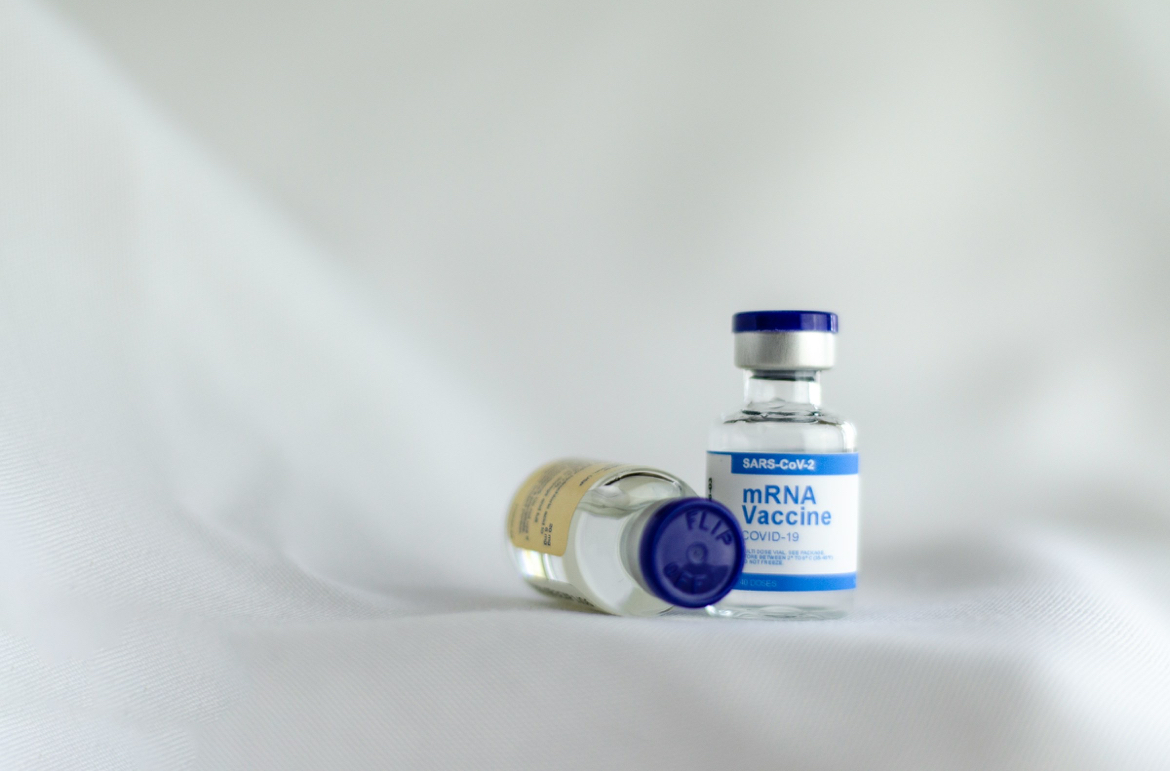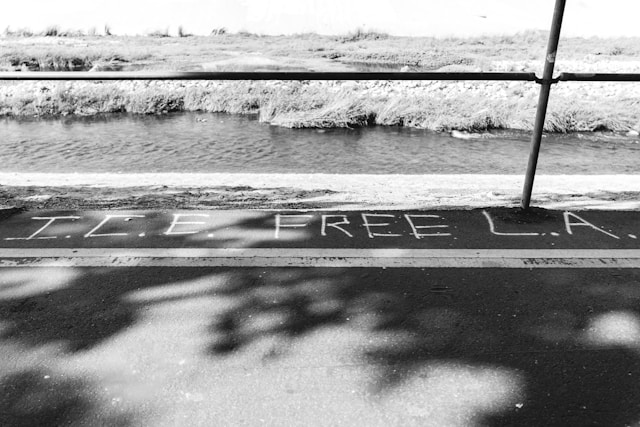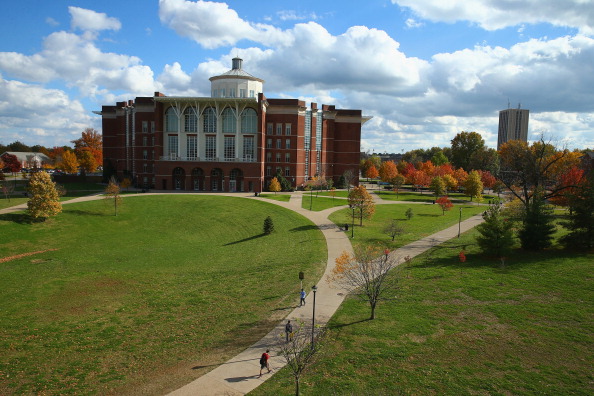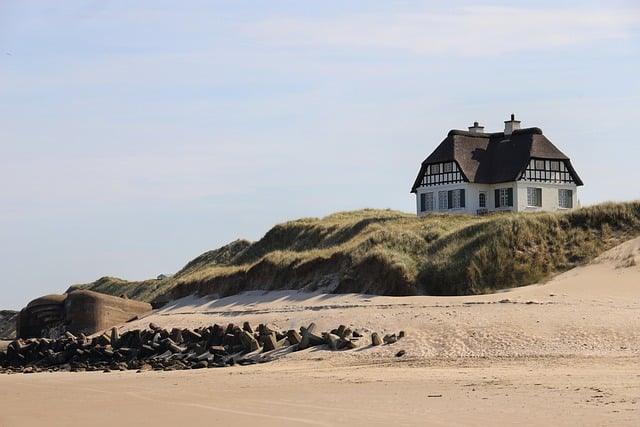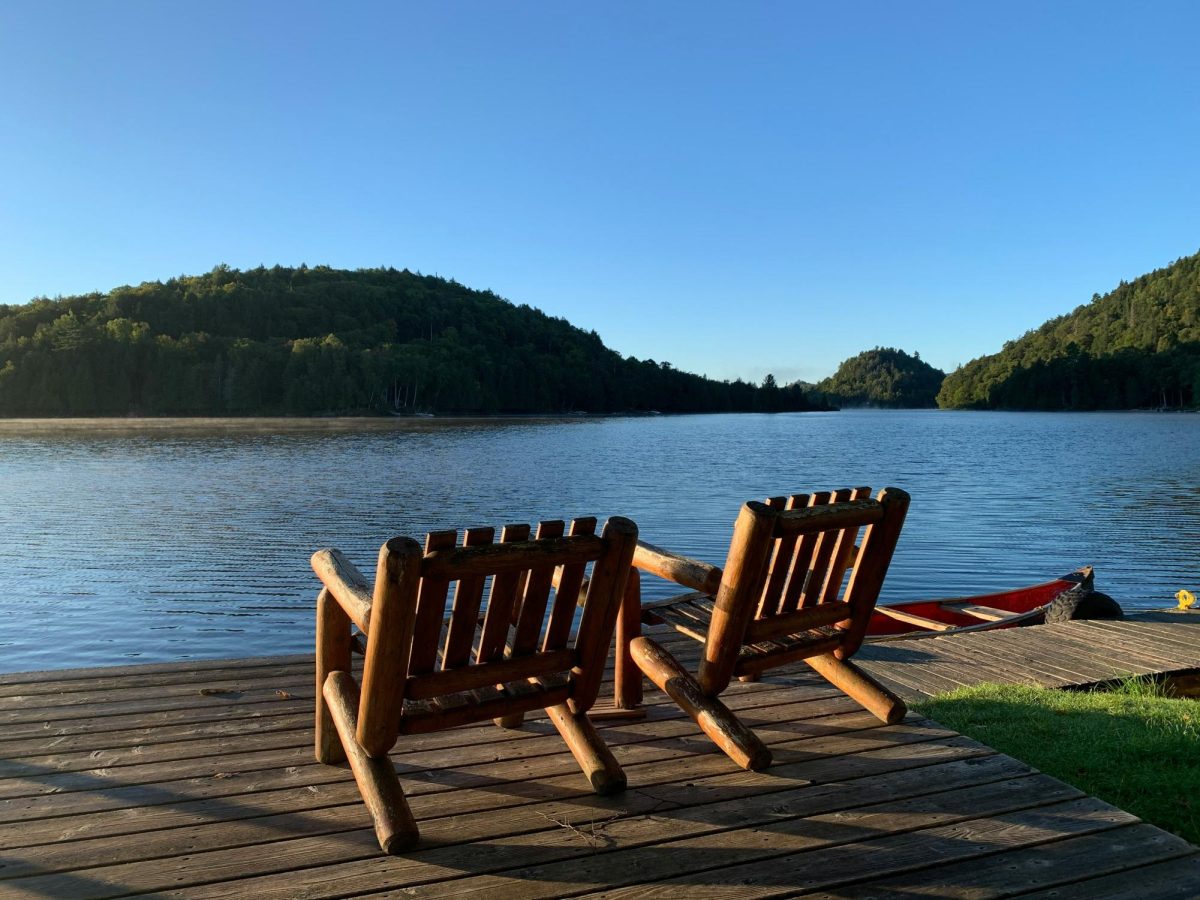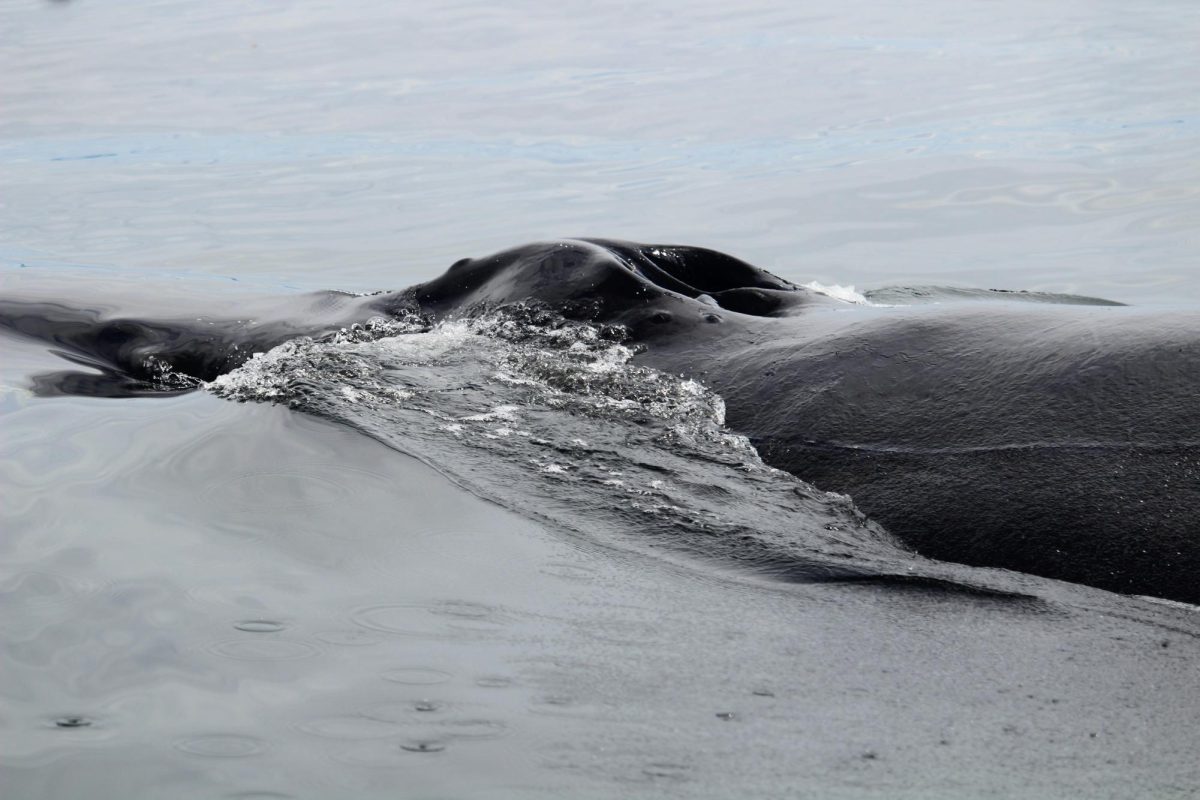California’s coastline is an internationally recognized beauty. From the stunning coastal drives through Monterey and Carmel-by-the-Sea to the La Jolla Cove only twenty minutes away from CCHS, there is no lack of love for our beaches. A significant feature of these locations, though, is facing severe pain: the wildlife.
Beaches spanning the entire coast of Southern California have reported hundreds of whales, dolphins, and sea lions washing up on the shore with indescribable seizures and, in many cases, death. A massive whale washed up in Long Beach with seemingly no visible injury, and dolphins have been found suffering on San Diego beaches, so close to home. The critical cause of these deaths has been a toxic algae bloom growing exponentially near Southern California that forms the neurotoxin Domoic acid.
The algae is aided in its growth by the upwelling of deep sea nutrients, and in many cases additional nutrient runoff from the shoreline. This growth not only creates strain on the ecosystem, but also allows the bloom to spread aggressively.
Phosphorus and nitrogen from agriculture, even far from the shoreline, can travel through streams and seemingly insignificant runoff, eventually leading to the ocean according to the National Oceanic and Atmospheric Administration (NOAA). “Red tide”, a colloquial term to describe a certain toxic algae bloom that turns waters red, commonly occurs off the coast of San Diego.
The current algae in question is Pseudo-nitzschia, a genus of photosynthetic marine algae that is known for its affinity for warm waters and high sunlight. Making Southern California with its high UV and continually increasing ocean temperatures due to global warming a perfect habitat.
Although the appearance of this bloom is expected, it is still nothing short of irregular. “What is unique about this event is that this bloom is very early in the season and doesn’t appear to be associated with strong winds or a thick marine layer like we have seen in the past,” Michelle Berman Kowalewski, Founder and Director at the Channel Islands Cetacean Research Unit, said.
Whereas in years prior a smaller number of species would be found afflicted with domoic acid and would be properly treated around the warmer summer months such as July and August, this year the number of afflicted species has skyrocketed before it should have even begun.
According to NOAA, the bloom has already affected over 100 dolphins, a staggeringly higher figure than years prior. In one day in San Diego county alone the stranding team from NOAA fisheries Southwest Fisheries Science Center removed 16 dead dolphins.
Many animals, especially sea lions, become aggressive and unpredictable when exposed to high levels of domoic acid. A group of surfers in Newport Beach were violently attacked when in the water by a sea lion experiencing a seizure.
In other instances, dolphins and sea lions have unintentionally injured rescuers and beach goers when experiencing domoic acid related seizures that cause the organism to violently tense up and sporadically move.
Due to the volume of cases, rescuers are being forced to limit their help only to animals with the highest chance of survival.“We are having to do triage on the beach as we try to identify those animals where we have the greatest chance of making a difference,” John Warner, chief executive officer of the Marine Mammal Care Center in Los Angeles, said.
It has been speculated that the intensity of the bloom this year is due to the major runoff from the coastal fires in Pacific Palisades and Malibu but there is not enough evidence yet to state. Dante Capone, a PhD student at Scripps Institute of Oceanography, and his team have noted that the influx of minerals and sediments from those fires as well as other decomposing material may have been a major factor. “The more you zoom in, the more complex it gets,” he said.
Unlike spreading messages to litter less and use reusable straws, the algae bloom problem is a difficult one to execute advocacy on, because it is so disconnected from the average American’s actions. It’s a grim tangible reminder of the way climate change and the actions of governments and organizations like Big Oil are manifesting themselves.
“It’s important to spread awareness about these issues and call for legislation to protect our marine environment,” Summer Geall ‘26, founder of the CCHS Scuba Diving and Ocean Conservation Club, said. “Even though this may seem like something that can happen every day, this is ultimately just a small visible sign of the real extent of the damage we’re having on our marine environment.”

















